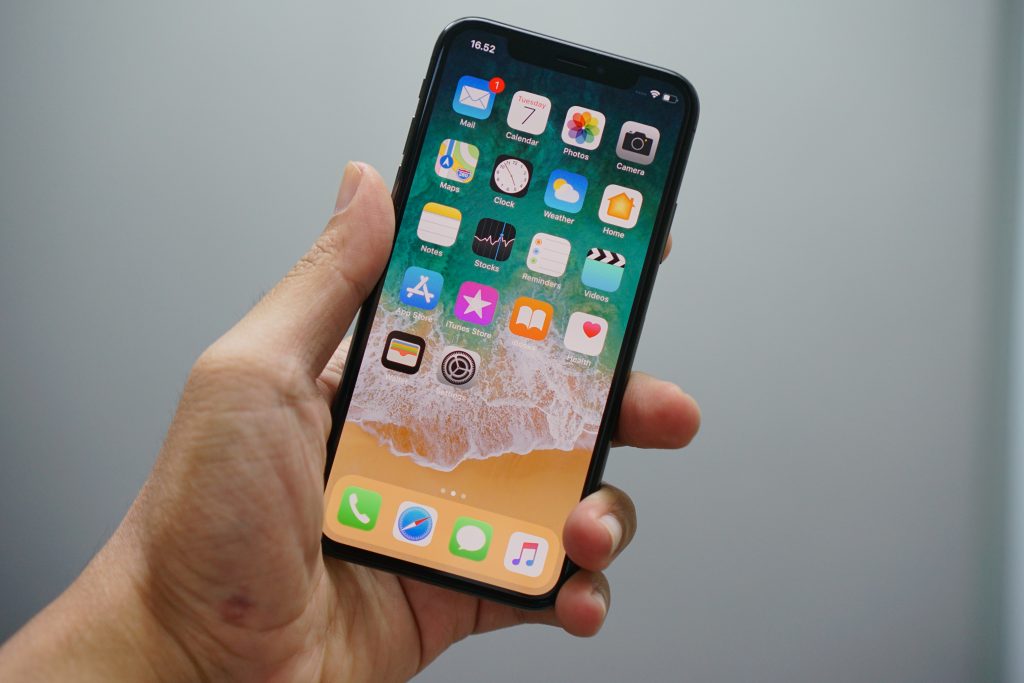If you are a committed iPhone user, you probably encountered persistent popup ads warning you that your phone is infected with a virus. It is nothing more than a link to a sketchy website. Malware can compromise iPhones, but it is unlikely.
There are plenty of signs that indicate something could be wrong with your iPhone. So if you are concerned about your cybersecurity and suspect that you have malware on your iPhone, you are in the right place!

Can iPhones be infected with viruses?
A large number of Apple users think that viruses cannot infect iPhones. Indeed, iOS doesn’t get compromised as easily as Android, but it could happen. Apple improved the security measures for iOS and created a sandbox-like environment. So viruses are unable to spread through a device.
On the other hand, Apple devices that are jailbroken lose this feature. A virus can infect them. Therefore, you shouldn’t jailbreak your iPhone if you want to protect your personal information, as well as your device.
Of course, you should watch out for other cyber threats out there, namely phishing, ransomware, and malware. Ransomware is not an uncommon problem among iPhone and iPad users. They could get locked out of their device unless they pay a certain amount of money to a hacker. So it is good to have a backup on your computer.
Signs that your iPhone has malicious apps
If you are reading this, chances are you might be wondering if your iPhone is infected with malware or something similar. Let’s go through some of the signs that indicate something could be wrong with your device:
Faster battery draining
Several factors influence the health of your battery. Users who have an old iPhone have probably noticed that the battery’s longevity goes down with the age of a device. Also, various apps require more power to run, so it depends on how you use your iPhone. But if you have observed massive irregularities in battery life lately, a malicious app could be working in the background.
Popups everywhere
Ads are a common sight for all internet users. They appear pretty much everywhere, thanks to cookies we pick up while browsing. A large number of popups that seem to come out of nowhere is a reason to be concerned. These could signal that you have a malicious app on your device.
Crashing apps
Apps that used to work fine a couple of days ago shouldn’t start crashing all of a sudden. Update your iOS and see if it makes a difference. If apps continue to crash, chances are you might be dealing with malicious software.
How to deal with malicious apps
You can quickly deal with malicious apps on your iPhone. Once you identify the source of trouble, simply remove it. Then boost your cybersecurity measures a bit. So here’s what to do:
Use App store only
While jailbreaking your iPhone might look fun or even beneficial to you, this action could lead to harmful consequences. First of all, it cancels your warranty, so if anything happens to your phone, you need to deal with it yourself. Then, installing apps from unknown sources could compromise your phone and allow hackers easy access to your device.
Connect to public Wi-Fi with caution
Connecting to public Wi-Fi without a security app is a bad idea. Cybercriminals often use open hotspots for gaining access to connected devices. If you have to use one, make sure you turn on your VPN. Do your research before you subscribe to a VPN service. For instance, if you are wondering is NordVPN worth it, a well-written NordVPN review will tell you all you need to know about its features.
Update the iOS on your iPhone
Many users skip this critical security step for some reason. But keeping your iOS up to date is the key to protecting your phone from malicious apps and other cybersecurity threats. If you don’t have time to install the latest iOS version as soon as it is available, do so during the night. Just make sure your phone is connected to a charger or has enough juice, and that’s it. You can schedule for the update to start at any time of the night, and a new iOS version will wait for you in the morning.

